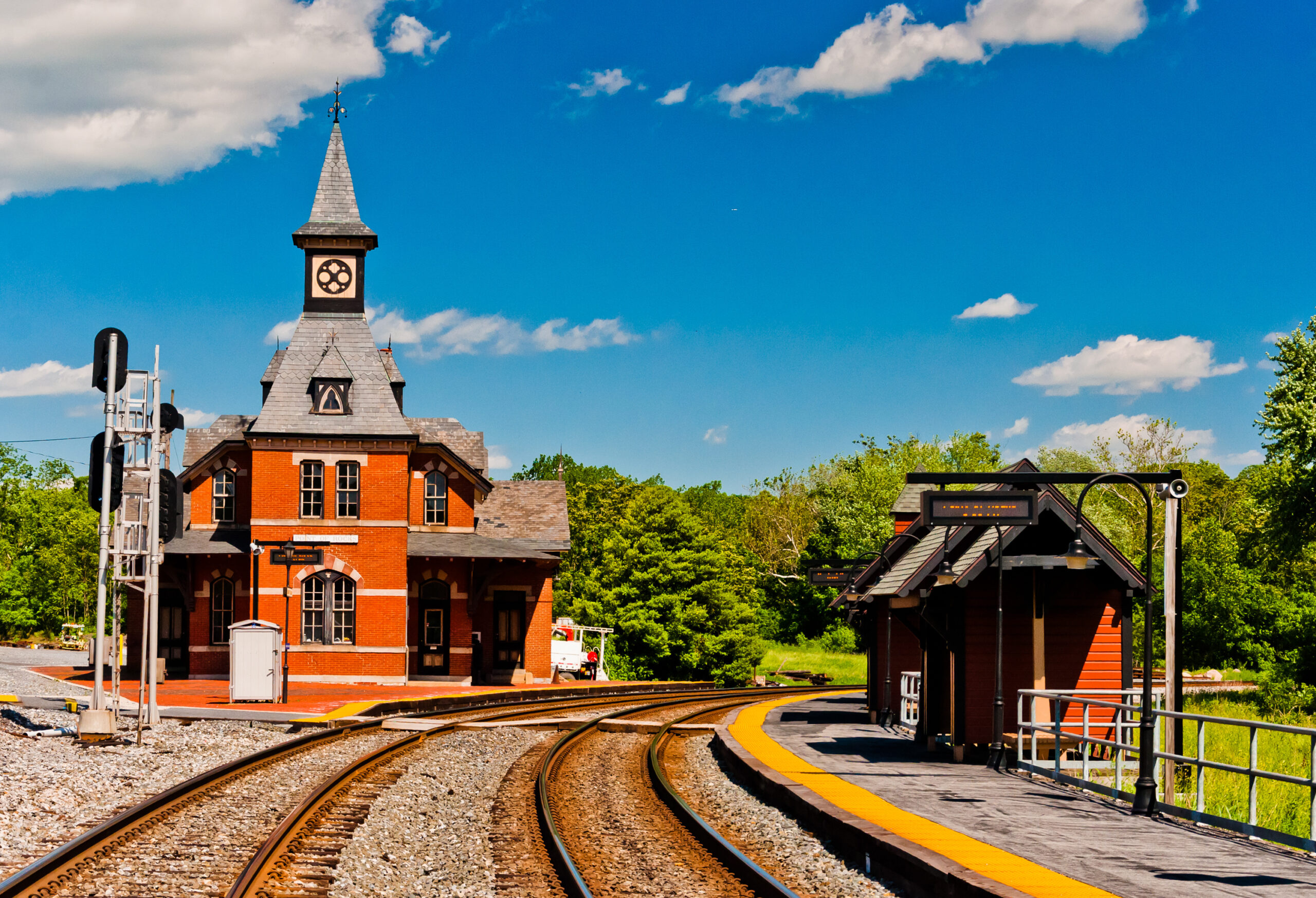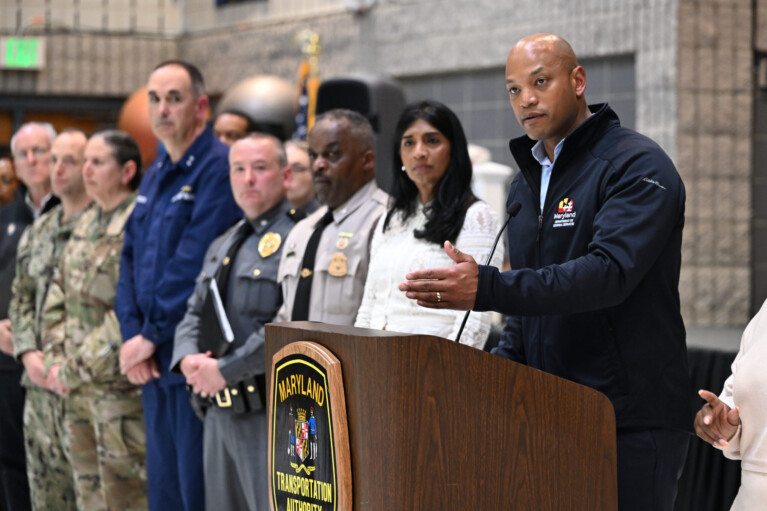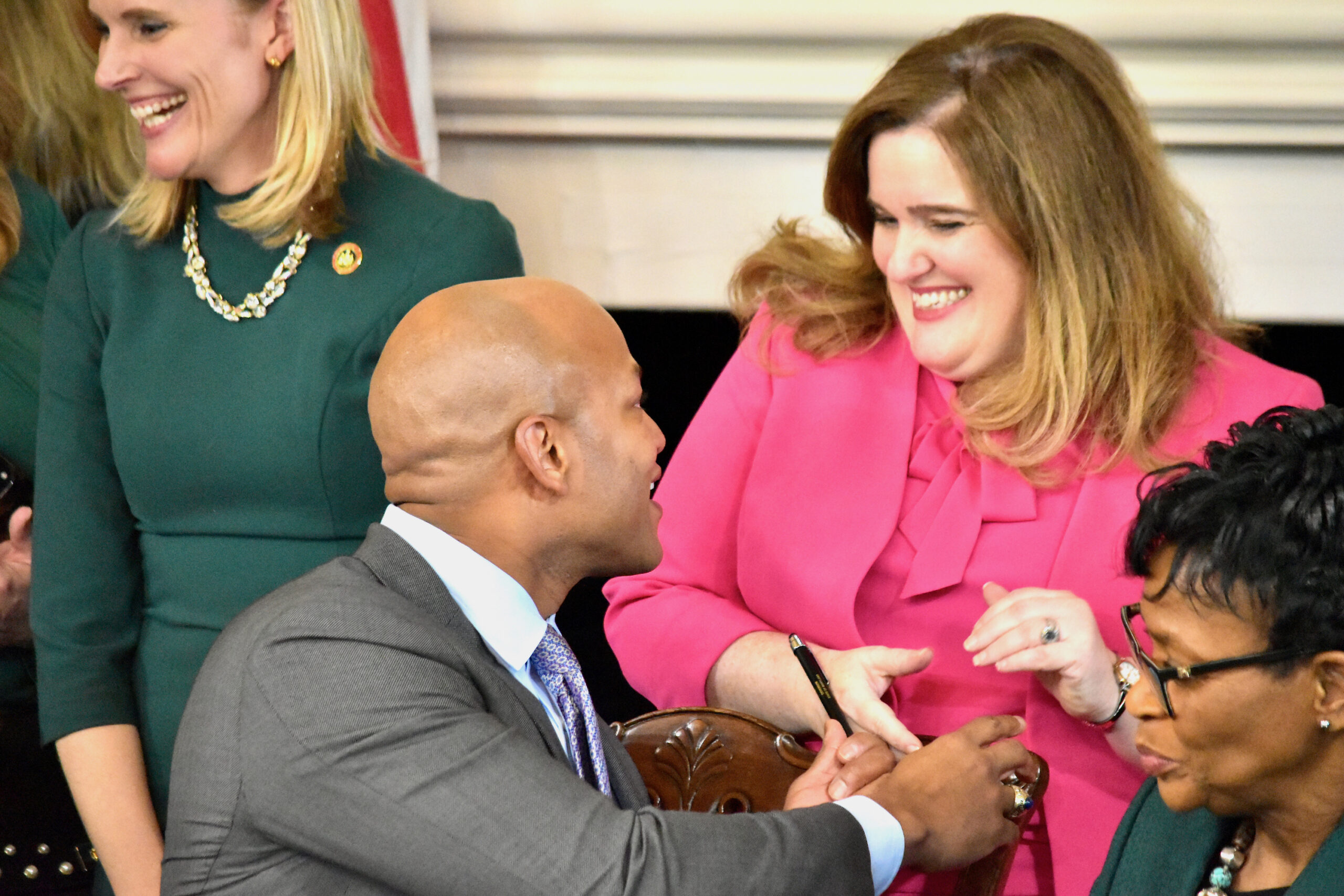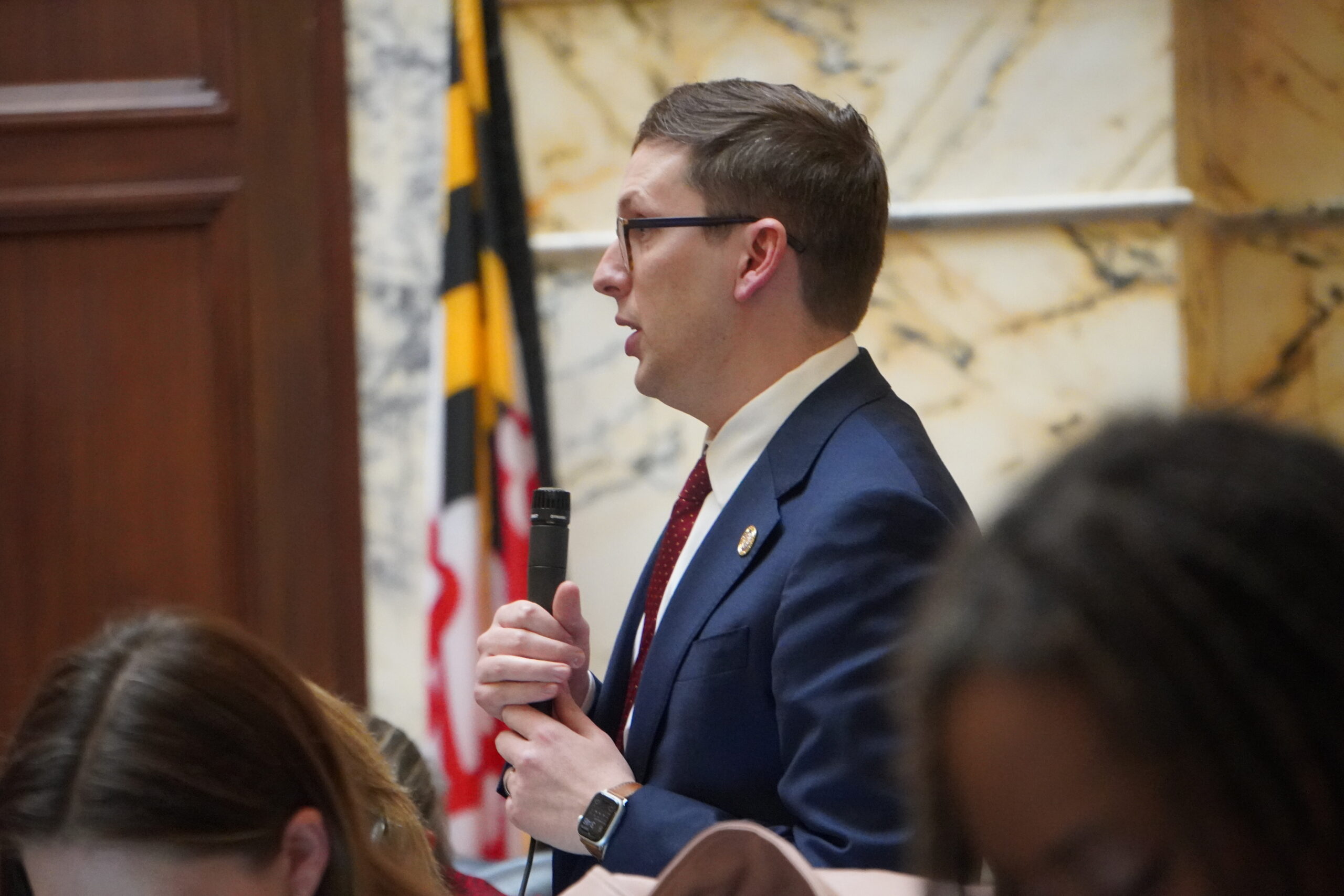Maryland House majority leader sets sights, again, on new plan for rail management in the state

A bill that would create a Maryland Rail Administration to expand the state’s rail network and oversee financing, construction and maintenance of the system is likely facing strong headwinds in the Maryland General Assembly this session.
The bill, introduced for a second year by House Majority Leader Marc Korman (D-Montgomery), would create a funding source for expansion of the state’s rail program by increasing tolls around the state and tapping into toll revenues collected by the Maryland Transportation Authority.
That money, however, is already dedicated to pay for upkeep of the state’s toll tunnels, bridges and the Intercounty Connector, and used as a dedicated revenue source to pay the debt service of bonds that transportation authority sells to fund projects.
The plan, as proposed, would also transfer money now earmarked in the Maryland Transportation Trust Fund for rail-oriented transit projects and operations to the new Maryland Rail Administration, as well as enabling the new agency to float its own revenue bonds for projects.
Budget analysts with the Department of Legislative Services raised questions about the proposed diversion of revenue from the transportation authority to a new Rail Authority Fund.
“Broadly speaking, the bill likely has a significant impact on the state’s transportation system, including a significant negative impact to MdTA’s operations and finances,” the bill’s fiscal note states.
At a hearing Tuesday before the House Appropriations Committee, where Korman chairs the transportation and environment subcommittee, there was but one simple question and only one witness who testified in favor of the 32-page bill, known this year as the Maryland Rail Investment Act of 2023.
“We have a difficult problem in General Assembly and in the state,” Korman said before ticking off a list of large heavy and light rail projects across the state that legislators — including his own colleagues on Appropriations — want to see built.
“Unlike the federal government and what they did with their infrastructure bill, we don’t have our own central bank and we don’t have our own government printing presses,” he said. “We need revenue to pay for these projects.”
Projects that could be funded under Korman’s proposal could include improvements to the Maryland Commuter Rail (MARC) system, such as so-called “run-through service” from the current line to Delaware and Virginia, as well as expanded MARC service to Western Maryland; the Southern Maryland Rapid Transit System; and the Red Line in Baltimore.
The Red Line project, which was canceled in 2015 by former Gov. Larry Hogan (R), is expected to get new life under Gov. Wes Moore (D), who has said a top priority of his administration will be reviving east-west transit options in the city.
“The point of the bill would be to find revenue for all the projects we talk about in this room year after year,” Korman said.
The budget analysts cautioned that the bill would prohibit MdTA from passing an operating and capital improvement plan that exceeds $2.8 billion, which would result in a reduction in spending by the agency.
As a result, the analysts wrote, “the reduction in spending may result in the delay or cancellation of both planned projects (such as the I-95 express toll lanes) and future projects (such as the third span across the Chesapeake Bay….”
Additionally, agreements with bondholders require that MdTA maintain certain financial standards. “The loss of authority for MdTA to manage its own operations and the potential downgrade to MdTA’s credit rating may result in lawsuits from bondholders (even if the Attorney General and the members of MdTA find that the bill would not violate the trust agreement), further impacting MdTA’s finances,” the report states.
The budget analysts’ fiscal note also makes mention of Federal Highway Administration’s restriction on the use of toll money. In particular, toll revenue from Interstate 95’s Fort McHenry Tunnel in Baltimore is required to be spent for debt service and operation and maintenance of the facility, with all excess money to be used only for specific projects, including those only under the jurisdiction of MdTA.
Any deviation from that arrangement, the analysts warned, could open up the MdTA to penalties from the federal agency.
“The purpose of my bill is to not to have crumbling tunnels or bridges, it’s not to make it so that MdTA can’t service their bonds and maintain their projects; it would be over and beyond that,” Korman told the committee.
Last year, Korman’s bill died in committee without a vote.




 Creative Commons Attribution
Creative Commons Attribution